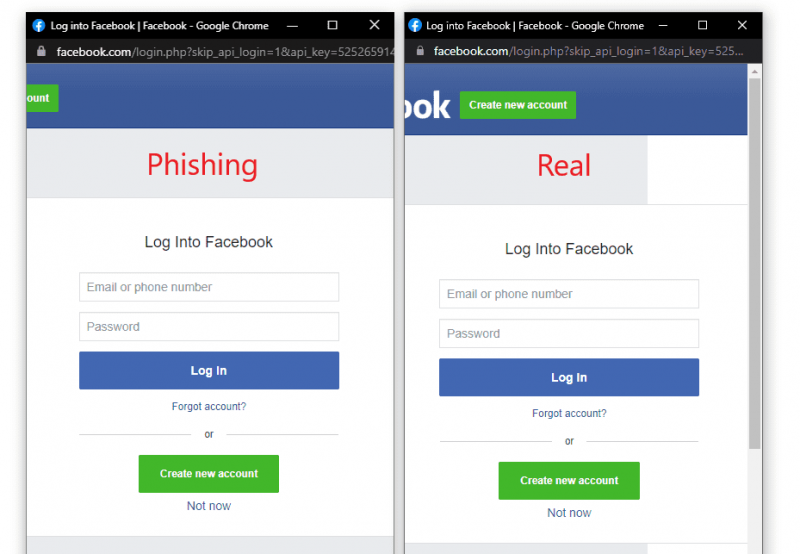Browser-in-the-Browser Attack Makes Phishing Nearly Invisible


Reading Time: 2 Minutes
The novel method takes advantage of third-party single sign-on (SSO) options embedded on websites that issue popup windows for authentication, such as “Sign in with Google,” Facebook, Apple or Microsoft.
Can we trust web browsers to protect us, even if they say “https?” Not with the novel BitB attack, which fakes popup SSO windows to phish away credentials for Google, Facebook and Microsoft, et al.
We’ve had it beaten into our brains: Before you go wily-nily clicking on a page, check the URL. First things first, the tried-and-usually-but-not-always-true advice goes, check that the site’s URL shows “https,” indicating that the site is secured with TLS/SSL encryption.
If only it were that easy to avoid phishing sites. In reality, URL reliability hasn’t been absolute for a long time, given things like homograph attacks that swap in similar-looking characters in order to create new, identical-looking but malicious URLs, as well as DNS hijacking, in which Domain Name System (DNS) queries are subverted.
Now, there’s one more way to trick targets into coughing up sensitive info, with a coding ruse that’s invisible to the naked eye. The novel phishing technique, described last week by a penetration tester and security researcher who goes by the handle mr.d0x, is called a browser-in-the-browser (BitB) attack.
The researcher used Canva as an example: In the log-in window for Canva shown below, the popup asks users to authenticate via their Google account.
It’s Easy to Fabricate an Identical, Malicious Popup
These days, SSO popups are a routine way to authenticate when you sign in.
But according to mr.d0x’s post, completely fabricating a malicious version of a popup window is a snap: It’s “quite simple” using basic HTML/CSS, the researcher said. The concocted popups simulate a browser window within the browser, spoofing a legitimate domain and making it possible to stage convincing phishing attacks.
“Combine the window design with an iframe pointing to the malicious server hosting the phishing page, and [it’s] basically indistinguishable,” mr.d0x wrote. The report provided an image, included below, that shows a side-by-side of a fake window next to the real window.
“Very few people would notice the slight differences between the two,” according to the report.
JavaScript can make the window appear on a link, button click or page loading screen, the report continued. As well, libraries – such as the popular JQuery JavaScript library – can make the window appear visually appealing … or, at least, visually bouncy, as depicted in the .gif provided in the researcher’s demo and shown below.
Hovering Over Links: Another Easily Fooled Security Safeguard
The BitB attack can also flummox those who use the trick of hovering over a URL to figure out if it’s legitimate, the researcher said: If JavaScript is permitted, the security safeguard is rendered ineffective.
The writeup pointed to how HTML for a link generally looks, as in this sample:
<a href=”https://gmail.com”>Google</a>
“If an onclick event that returns false is added, then hovering over the link will continue to show the website in the href attribute but when the link is clicked then the href attribute is ignored,” the researcher explained.
“We can use this knowledge to make the pop-up window appear more realistic,” they said, providing this visually undetectable HTML trick:
<a href=”https://gmail.com” onclick=”return launchWindow();”>Google</a>
function launchWindow(){
// Launch the fake authentication window
return false; // This will make sure the href attribute is ignored
}
See Also: Offensive Security Tool: Scapy
See Also: Hacking stories: MafiaBoy, the hacker who took down the Internet
Source: threatpost.com
Source Link















